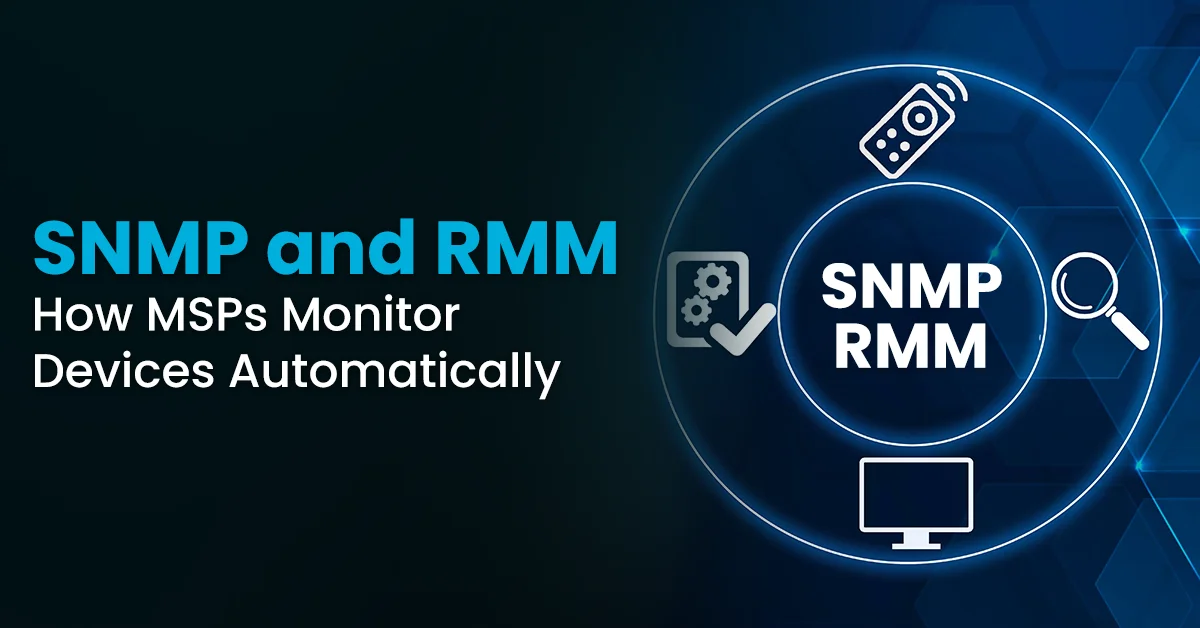So, it’s the first month after the end of the quarter, and you know what that means: it’s review season. For those of us with larger teams, this can be a grueling task sometimes. Not only do you have weekly 1:1s, but you are also completing quarterly reviews, and some are even annual reviews at the exact same time. So, I thought I would share with all of you some of the tricks of the trade that go into making a positive review for your team, while also providing you with the proper insight needed when trying to control the chaos. Now, I’m hoping most of you have some form of HRIS or performance management system. If you don’t, I may have a software for you 😉 (wink, wink – TEAM GPS).
I think the hardest part of conducting reviews for many people is collecting the data. It’s not always readily available at our fingertips, or there’s a lot of ambiguity around the goals. One of the key focus areas that we have as an organization is to ensure that every goal that your team member has is data driven. It must be associated with a number, something that can be tracked and measured without any grey areas.
For example, sales goals need to revolve around new revenue, whether that’s coming from new logos or existing customers, or growth by product; it’s all about their numbers. It’s a clear number that can easily be put on a dashboard and updated in real time. Now, the number itself should come from your organization’s growth goals. Where does the company want to end this year? If, as an organization, you are aiming for 20% growth, the revenue leader’s numbers should be directly linked to that growth number. If that translates into $600K MRR, that’s your number.
Once you’ve set the leader’s goals, you then trickle down from there to the rest of the team. If you need to close $100,000 MRR in a given month, and you have 10 team members, you know exactly where your quotas need to be set. The math has to link. If your quotas for your team only equal $60,000, there’s no way that the sales leader is going to be able to meet this number. There has to be math and science behind every person’s goal.
You might be thinking, “Well sure, Kam, it’s easy to define that number for sales, but what about for service?” That’s simple as well. Even service leaders should be tracking their growth goals, gross profit, retention percentage, their CSAT, and NPS scores — everything is a number. The moment we introduce any ambiguity into a scorecard, we are setting your reviews up for potential angst.
Once you’ve addressed the actual goals of the individual team member, you need a mechanism to track their goal versus actual in real-time. This provides complete transparency throughout the quarter in how they are doing. A dashboard is common in service, but what about your other divisions?
But it’s not just the numbers; it’s also the individual’s 360° performance within the organization. How do they interact with their peers? What about other cross-functional leaders? Are they considered accountable individuals and good citizens of the organization? Being able to gather feedback from people who are equal, n – 1, or n + 1 within the organization is very valuable when conducting a review. It will do one of two things: it will either provide you with insight that you were completely unaware of, or it will reiterate what you already knew. Either way, the information is extremely valuable.
Finally – the dreaded review document. What I like to do during my reviews is send my review feedback in advance. I want the individual to have an opportunity to review my comments and feedback before I also jump on a call with them. This is usually a day or two before the review. This is just enough time for them to go over my feedback, but not enough time to let anything fester if they are unhappy with my comments.
On the day of the review, I walk them through the review with both of our comments. Where were the opportunities for growth, and where did I think they were extremely successful? Clarity is essential for our teams. We don’t always want to hurt people’s feelings, but at the same time, if there are data-driven metrics and additional team member feedback, the review actually goes quite smoothly. Usually, we are all on the same page.
By sending the review early, the individual is able to review my comments, and I am able to answer any questions or concerns they may have had with the review during our one-on-one meeting. Now, I know there are others that like to actually do the review in real-time with the other individual. I don’t think that provides the employee enough time to actually process your feedback and provide valuable understanding or responses.
I’ll be very honest, I used to hate having to do performance reviews. It was such a difficult task: gathering all the data, trying to be objective in my comments, ensuring that I was getting everyone’s feedback. But if you have the right tools, proper KPIs, and the right performance metrics measurement capabilities, it actually isn’t so bad. In fact, I truly enjoyed being able to speak with my team members and understand their perspectives. It takes time, I’m not going to sugarcoat it, but at the end of the day, it’s a part of leading well.
Organizations that grow and have effective leadership know the value of effective employee engagement and performance management. If you don’t have structured KPIs, defined organization growth goals, and an employee engagement and management tool, start working. We built our own; I’d be happy to share 😊.








